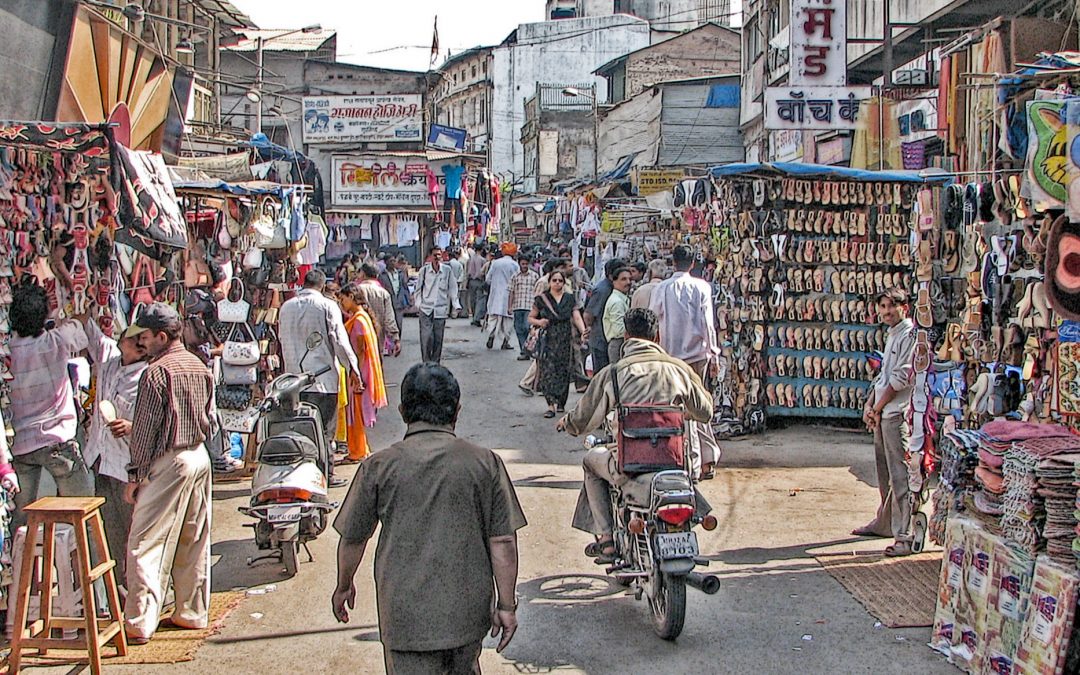Targeting Indian Customers – Growing Rural Internet Users
At the onset, we will have to accept the fact that targeting Indian customers isn’t a simple job. This is mainly on account of the various languages that are spoken across the country, coupled up with the deeply rooted cultural implications that make it even more challenging! But then, one cannot really discount the Indian rural internet user base, while thinking of growing the business in the Indian market. The reason for this is the firstly the potential, and the size of the Indian rural market. Even today, nearly 70% of the Indian population stays in the rural regions, which, in numbers is a whopping 800-850 million! Out of these, almost 1/4th are internet rural users, which is somewhere around 250 million and projected to reach 290 million by the end of 2019. So, a chunk as huge as this certainly cannot be ignored, or kept aside while talking of consumer business in India.
But then, it isn’t just the numbers that drive the game. The growing use of the internet and the increasing awareness around it in the rural regions is another element that influences the localization strategy. Rural users today look out for personalized solutions, which is why localization plays an important role. This is only one side of the coin though. The other one is the number of Indian languages spoken, their dialects, and people’s loyalty towards their own language. There are around 22 official languages spoken in the country, let alone the dialects, as we haven’t really got into the dialect business yet!
Yet another dimension to the localization affair is the diversity in the Indian culture. Something applicable in Tamilnadu, the southern state of India, may not necessarily go well in the northern regions say Himachal Pradesh and the likes. There, you may have to design an entirely new localization strategy. That’s the beauty of working with an Indian rural consumer base. It puts you through several tests, offers millions of challenges, but then overcoming all of them helps you access billions of opportunities!
Need for Vernacular Solution – 22 Official Indian Regional Languages and More!
Today, the road to globalization is through localization. Yes, you’ve got to be a better local first, and then considering going global! Despite the growing number of rural internet users in India, a considerable user base isn’t accustomed to English and therefore prefers looking at websites or mobile apps that speak its own language. Most of the times, rural users avoid looking at non-localized websites, forget transacting with them. So, based on the regions that you intend to target, it is customary that your website or your mobile app speaks the language of the region. If you are targeting the entire country, it is necessary that your virtual platforms talk all the 22 official languages of the country.
As mentioned earlier, besides languages, the variety of Indian culture poses another challenge. This refers to being linguistically, as well as culturally correct, appropriate, and all the more relevant so that users don’t find a statement or an excerpt offensive. Hence, in a way, it refers to a customized approach to every region and the culture and the language that correspond to it. The one size fits for all approach definitely doesn’t work in the Indian contexts.
Benefits of Translating Website in Indian Languages
The benefits are quite obvious now. Right from access to a large business base for the business owners, to informed decision making, and personalized virtual service to rural consumers, localization in the Indian context has a lot of direct as well as indirect benefits in the long run.
- Increased User Base: While the urban or the existing user base may saturate over a period of time, targeting and accessing the rural user base is a great opportunity for business owners to increase their user base, and explore different markets prevalent in the interiors of India.
- Increased User Trust: Users love when a virtual platform speaks their own language, and understands their native voice commands. This automatically, and in the long run, creates a sense of trust among users, as users prefer transacting with localized websites, over the non-localized counterparts.
- Increased Prospects: All of the above subsequently contributes to an increased user prospect base. The more prospects you’ve got, the better your chances stand at increasing your business.
- Informed Decision Making for Users: Reading and understanding something in the native language is far better than struggling to read an unknown language, or getting it translated it through someone or something. In fact, users wouldn’t get into such hassles. They’d straight away switch tabs. Translating the website in the native language empowers users with informed decision making, and therefore fosters loyalty building.
Linguify – How to Translate Website in Indian Languages
If you wish to take your business to the next level through localization, Linguify is the expert you can bank upon. Linguify’s unique localization proposition is comprised of a culturally, linguistically, and technically appropriate localization solution. Linguify’s expertise opens access to all the Indian regional languages, and which is why it is chosen over its peers in the industry. At Linguify, the team understands the significance of SEO friendly multilingual solution in the Indian languages and therefore offers localization solutions through the latest localization technologies that would help you connect with your user in a better manner, and brings benefits to the table in the long run.
Ref. No- LSB05191014

